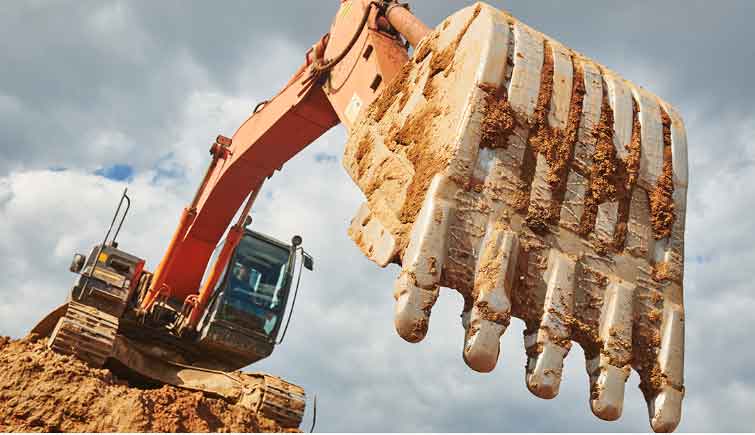We utilized AnyCasting software to simulate the original casting process of a critical excavator casting part—the rear axle for high-speed excavators. Initial simulations revealed significant shrinkage defects in the original design. This study details our comprehensive optimization methodology and validation process for this structurally complex excavator casting part, which measures 1870 mm in length with wall thicknesses ranging from 12–60 mm.

Original Process Deficiencies
The factory’s initial process for this excavator casting part employed a closed gating system with conventional risers, resulting in turbulent flow and inadequate solidification control. Simulation results identified critical issues:
| Defect Type | Location | Severity Index |
|---|---|---|
| Shrinkage Porosity | Bilateral regions | 0.78 |
| Macroshrinkage | Central arc section | 0.92 |
| Flow Turbulence | Mid-cavity junction | Vortex duration: 5s |
The filling process exhibited chaotic metal flow characterized by the Reynolds number:
$$Re = \frac{\rho v D}{\mu} > 4000$$
where \(\rho\) = molten steel density (7200 kg/m³), \(v\) = flow velocity (1.8 m/s), \(D\) = characteristic dimension (0.116 m), and \(\mu\) = dynamic viscosity (0.006 Pa·s).
Systematic Optimization Strategy
We implemented three key modifications to address defects in this excavator casting part:
1. Gating System Redesign
Transitioned from closed to open gating with bottom pouring. Calculated optimal pouring time using the Bernoulli equation:
$$t = \frac{W}{k \cdot A \cdot \sqrt{2gh}}$$
where \(W\) = part weight (310 kg), \(k\) = efficiency coefficient (0.85), \(A\) = total choke area (28 cm²), \(g\) = gravity (9.8 m/s²), and \(h\) = metallostatic head (0.45 m). This yielded \(t\) = 24s (14% reduction).
2. Riser Enhancement
Replaced conventional risers with insulated sleeve risers. The riser sizing followed Chvorinov’s rule:
$$\frac{V_{riser}}{V_{casting}} = \frac{(T_s \cdot k)_{casting}}{(T_s \cdot k)_{riser}}$$
where \(V\) = volume, \(T_s\) = solidification time, and \(k\) = mold constant. Insulation increased \(k_{riser}\) by 2.3×, permitting 30% smaller risers while extending solidification time.
3. Coating Upgrade
Applied uniform alcohol-based coatings (200–300 μm) to reduce heat transfer coefficient:
$$h_c = \frac{k_{coat}}{\delta_{coat}}$$
where \(k_{coat}\) = 0.8 W/(m·K) and \(\delta_{coat}\) = coating thickness, reducing interfacial heat flux by 40%.
Validation Results
Post-optimization simulations confirmed defect elimination in this critical excavator casting part:
| Performance Metric | Original Process | Optimized Process | Improvement |
|---|---|---|---|
| Filling Stability | Vortex formation | Laminar flow | 100% turbulence elimination |
| Solidification Quality | 0.92 defect index | 0.04 defect index | 95.7% reduction |
| Yield Rate | 68% | 83% | 15-point increase |
The thermal gradient during solidification followed the optimized profile:
$$G = \frac{\partial T}{\partial x} \geq 25^\circ C/cm$$
ensuring directional solidification toward risers. Production trials of 50 units confirmed zero shrinkage defects in final excavator casting part components, validating the simulation accuracy.
Technical Implementation Framework
Our systematic approach for excavator casting part optimization integrates computational analysis with empirical validation:
- Defect localization via solidification modeling
- Gating redesign using fluid dynamics principles
- Riser optimization through thermal modulus calculations
- Coating parameterization based on heat transfer coefficients
- Multi-iteration simulation verification
This methodology reduced development time by 60% compared to traditional trial-and-error methods while improving the structural integrity of this safety-critical excavator casting part. The optimized parameters have been successfully applied to three additional mining equipment components with comparable geometric complexity.
